The working principle of the ball valve (GIF)
Principle of Ball Valve (GIF), Principle of Ball Valve Working Principle
The opening and closing part of the ball valve is a sphere with a circular channel, which rotates around an axis perpendicular to the channel, and the sphere rotates with the valve stem to achieve the purpose of opening and closing the channel. The ball valve can be closed tightly with only a 90-degree rotation and a small torque. According to the requirements of the working conditions, different driving devices can be assembled to form ball valves with different control methods, such as electric ball valves, pneumatic ball valves, hydraulic ball valves, etc.
The working principle of the ball valve: When the ball valve rotates 90 degrees, the inlet and outlet should all show a spherical surface, thereby closing the valve and cutting off the flow of the medium.
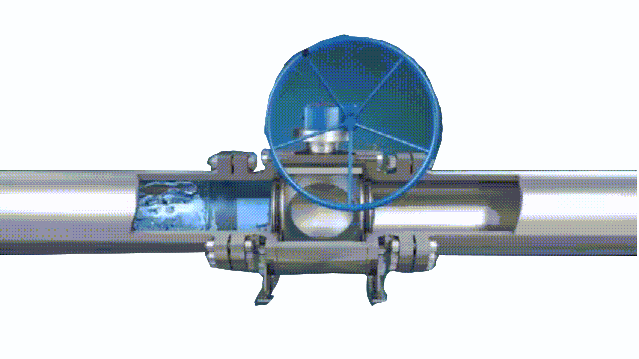
ball valve working diagram-3D GIF animated presentation
When the ball valve rotates 90 degrees, all the ball ports should be present at the inlet and outlet, so as to open the flow, and there is basically no flow resistance.
The structure principle of the ball valve:
1. The ball valve is not restricted by the installation direction, and the flow direction of the medium can be arbitrary. The fluid resistance is small, and the full-bore ball valve basically has no flow resistance.
2. The ball valve has a simple structure, relatively small size, light weight and easy maintenance.
3. Close and reliable. It has two sealing surfaces, and the current sealing surface materials of ball valves are widely used in various plastics, which have good sealing performance and can achieve complete sealing. It has also been widely used in vacuum systems.
4. The ball valve is suitable for frequent operation, opening and closing quickly and lightly. It is easy to operate and open and close quickly. It only needs to rotate 90° from fully open to fully closed, which is convenient for remote control.
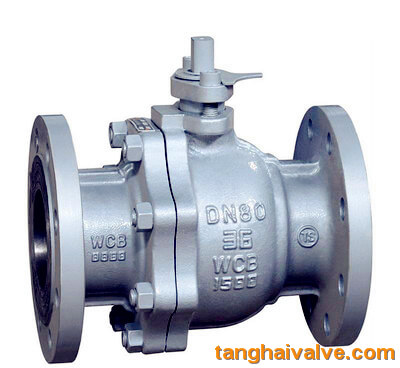
ball valve (4)
5. The maintenance is convenient, the structure of the ball valve is simple, the sealing ring is generally movable, and it is convenient to disassemble and replace.
6. The ball valve has good sealing performance. When fully open or fully closed, the sealing surface of the ball and the valve seat is isolated from the medium, and the medium will not cause erosion of the valve sealing surface when the medium passes.
7. It has a wide range of applications, with a diameter ranging from a few millimeters to a few meters, and can be applied from high vacuum to high pressure.
8. Since the ball valve has wiping properties during opening and closing, it can be used in media with suspended solid particles.
9. The ball valve has low fluid resistance, no vibration, and low noise.
TH Valve is a professional manufacturer of butterfly valve, gate valve, check valve, globe valve, knife gate valve, ball valve with API, JIS, DIN standard, used in Oil, Gas, Marine industry, Water supply and drainage, fire fighting, shipbuilding, water treatment and other systems, with Nominal Diameter of DN50 to DN1200, NBR/EPDM/VITON, Certificates & Approvals: DNV-GL, Lloyds, DNV, BV, API, ABS, CCS. Standards: EN 593, API609, API6D
Related news/knowledge:
Valve material comparison table-valve pressure-temperature;
Valve seal (ring) material usage range comparison table;
electric hard seal butterfly valve vs electric soft seal butterfly valve;
Electric ball valve principle | Electric ball valve working principle

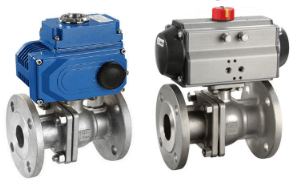
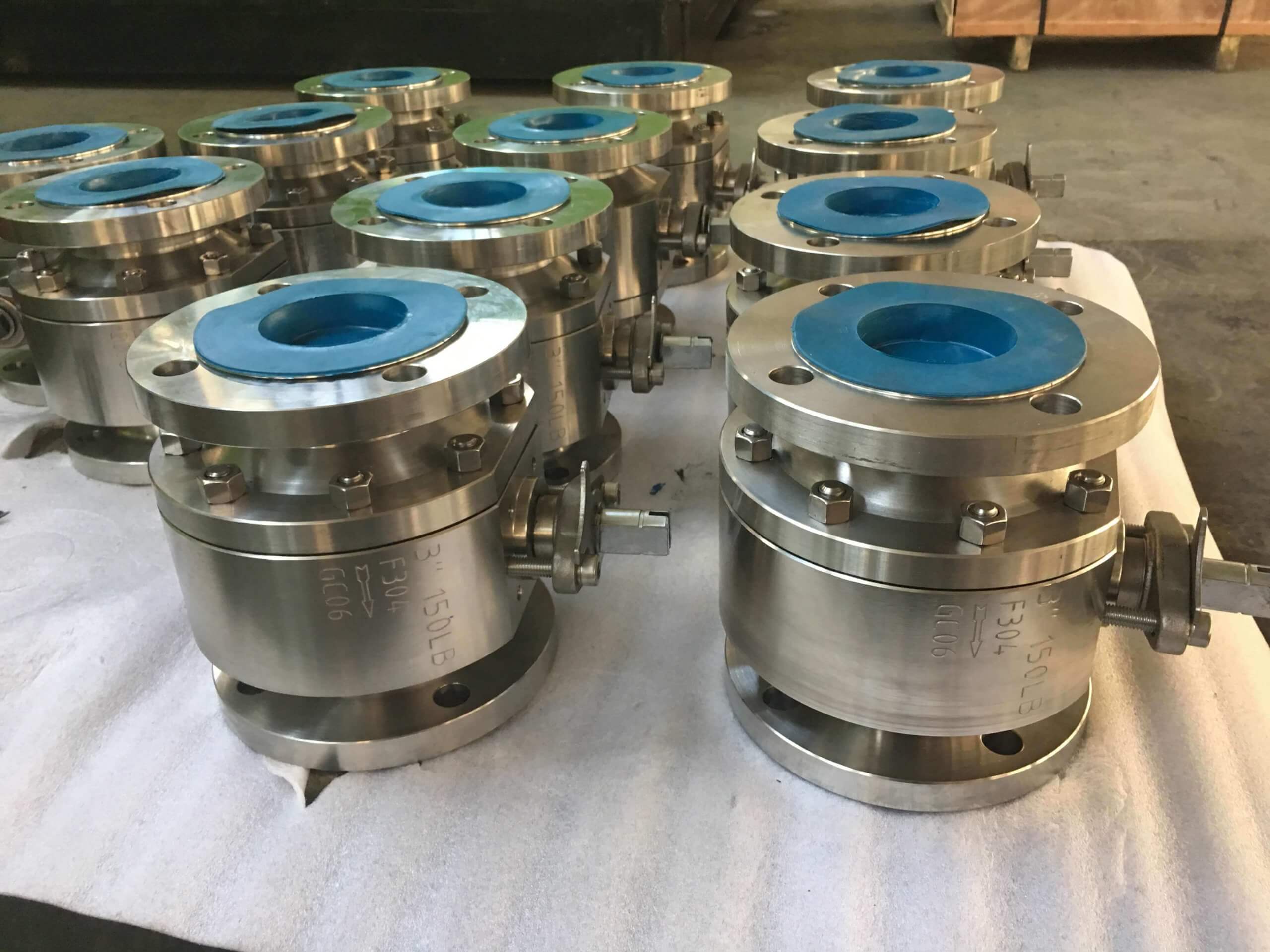
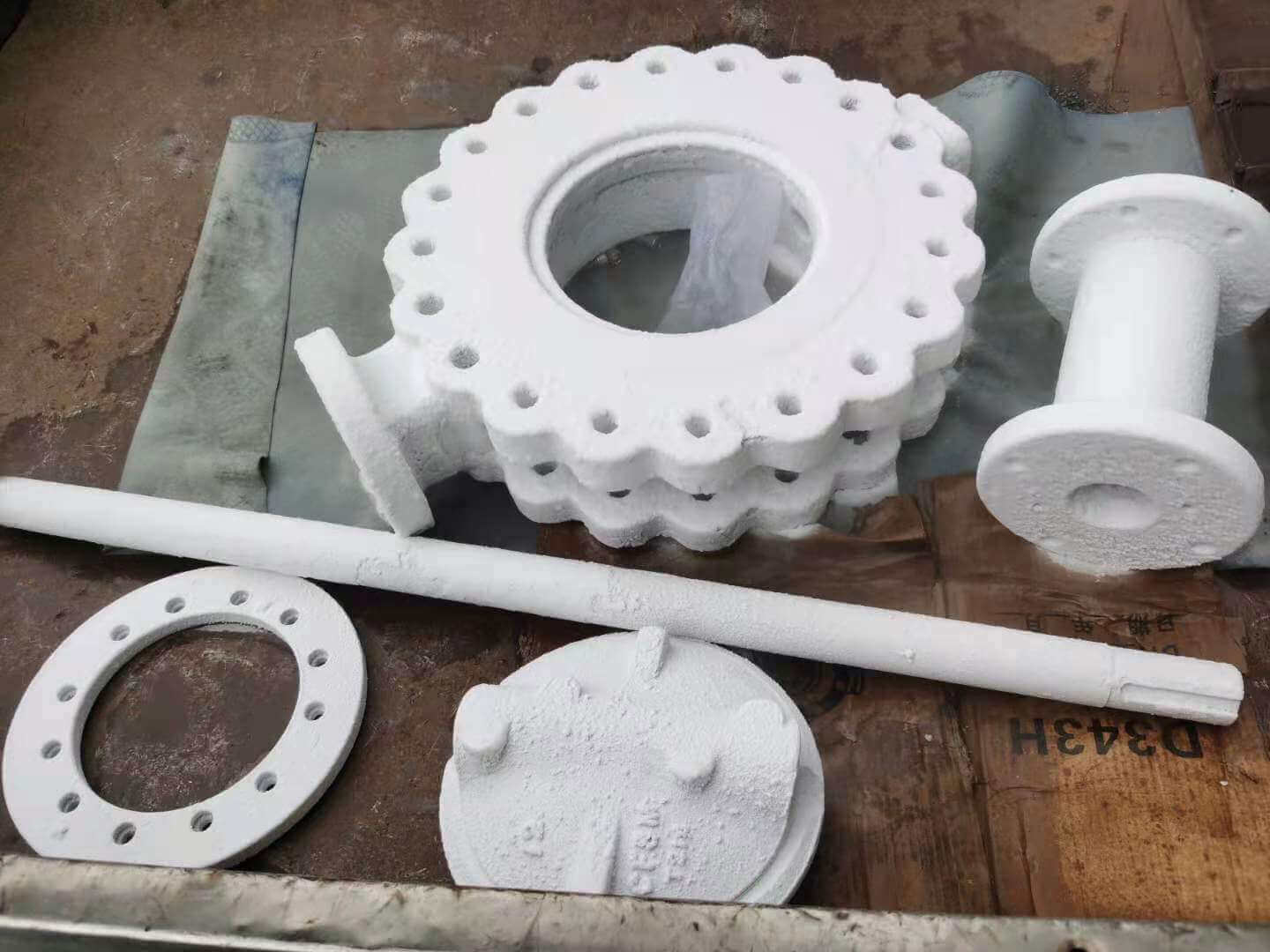
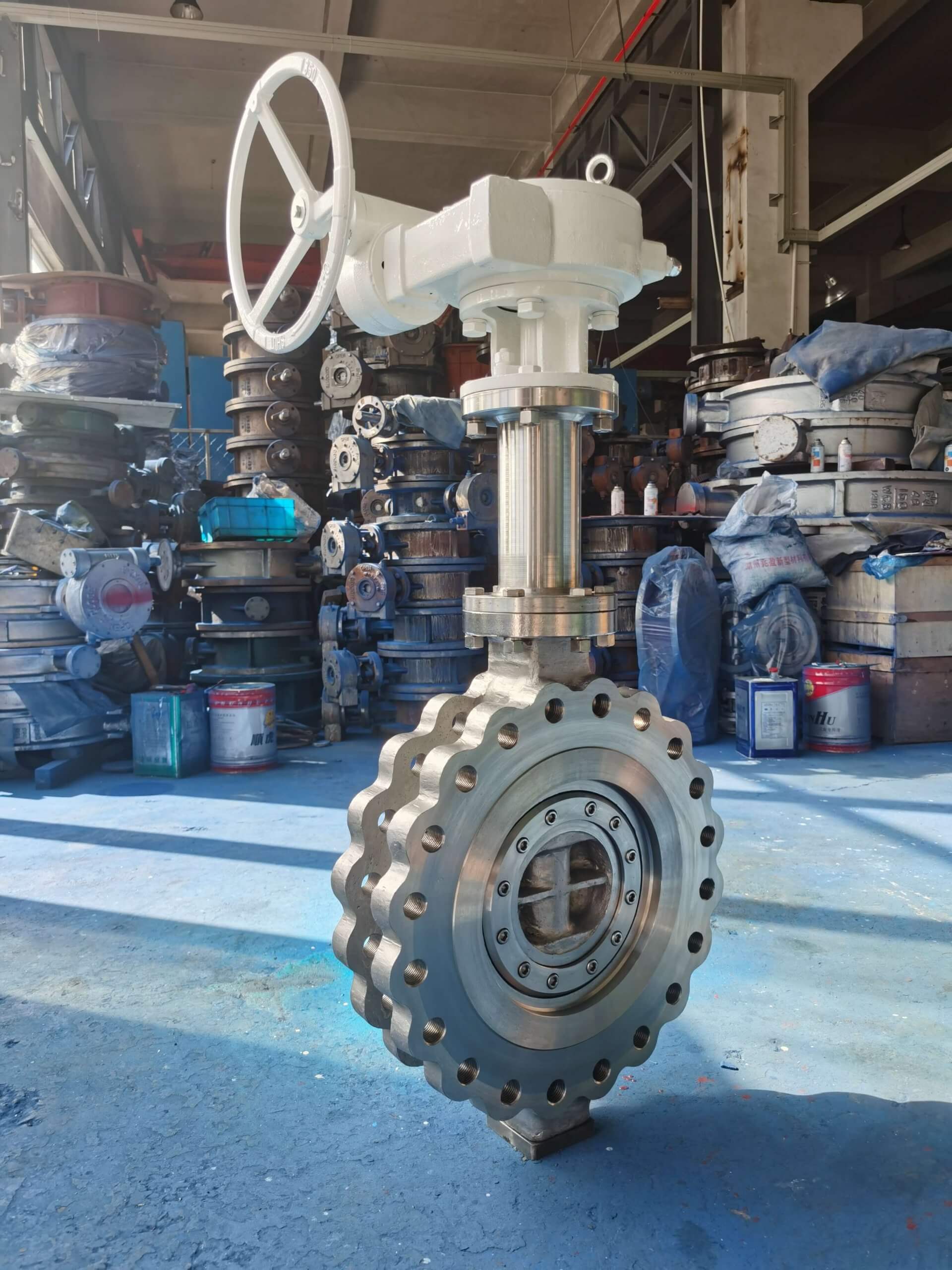
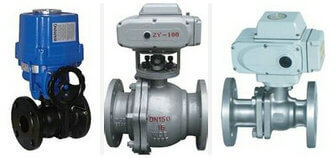
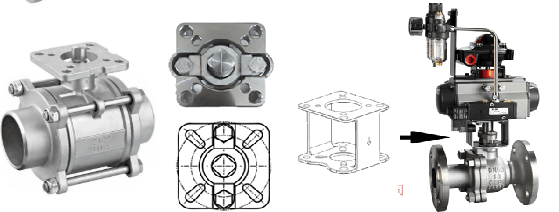
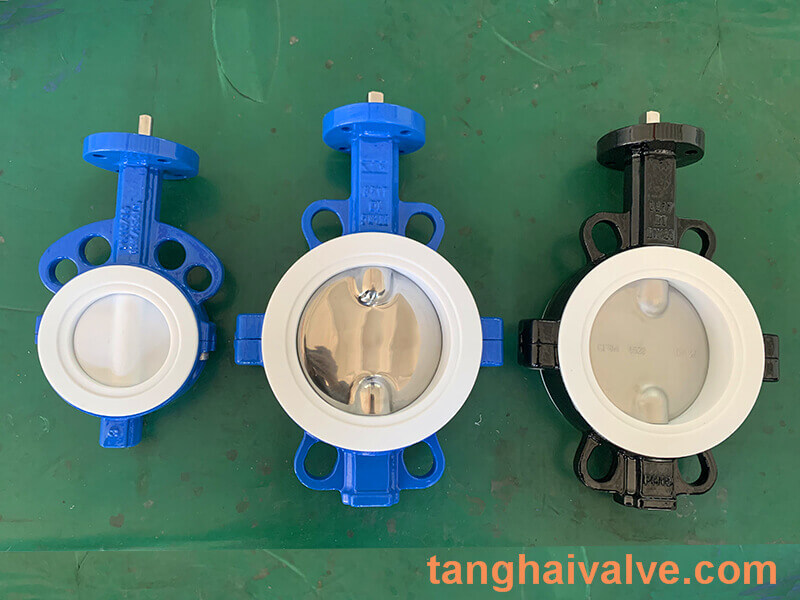
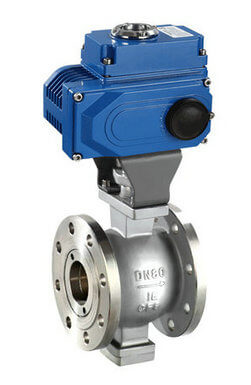
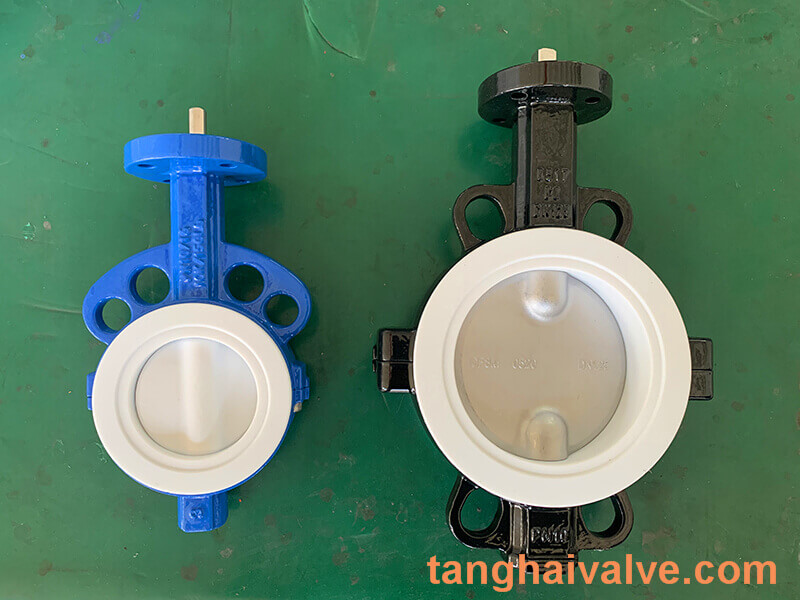


 © Copyright 2020 Tianjin Tanghaidongyang Valve Co., Ltd. All Rights Reserved.
© Copyright 2020 Tianjin Tanghaidongyang Valve Co., Ltd. All Rights Reserved.